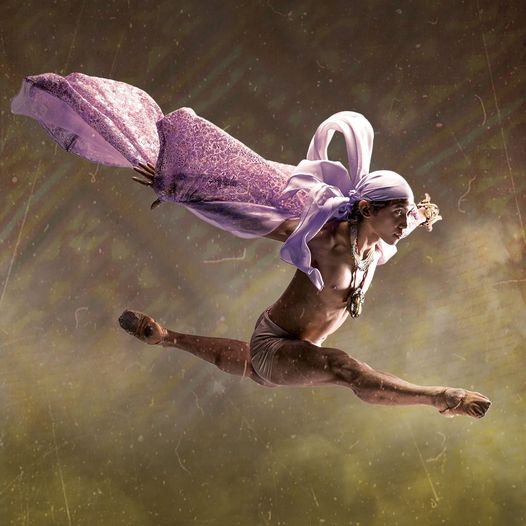What does it take to put together a ballet that encapsulates the story of the Filipina through half a century timeline?
Next month, Ballet Philippines will premiere Limang Daan, a full-length, original ballet depicting the struggles and illuminating the transcendence of Filipina women-bending narrative that spans roughly 500 years of history.
Depicted through a feminist lens, Limang Daan’s cross-generational heroines mirror one another, revealing lives of pain and suffering.
Behind this important production are creatives who were tasked to imagine the storytelling using their distinct talents.

“It’s the inspiration of the heritage, of the history of Filipinos, but on the lens of a feminist, of a woman. Because it’s the triumphs, the struggles, the crying, the laughing, the joys that bring us together,” says Ballet Philippines president Kathleen Liechtenstein, who is the brainchild behind Limang Daan.
Founded in 1969 as an important cultural ambassador of the Philippines, Ballet Philippines is the first resident company of the Cultural Center of the Philippines and the country’s leading professional classical and contemporary dance institution.
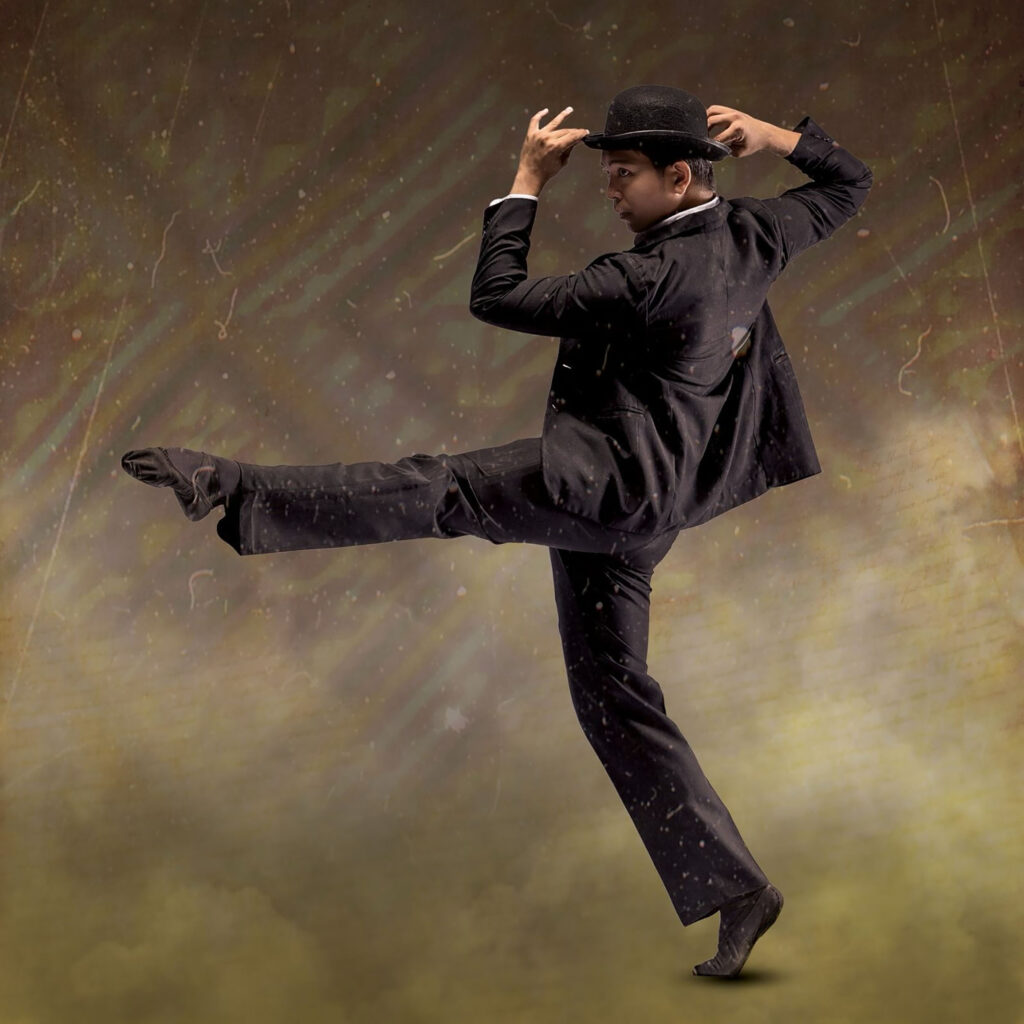
“These are their stories and their stories. Some are based on real people, some are characters from fiction and some are an amalgam of several women throughout our history — from right before our colonization up to the present,” playwright Moira Lang shares.
Lang was further inspired while researching stories about Filipino women. She learned so much about pre-colonial Philippines while writing this ballet, especially about the babaylan, who were the spiritual leaders back then. These people (mostly women, but some were men) were gifted with the ability to heal and “mediate with the spirit world.”
Limang Daan is Lang’s first feminist ballet theme. Aa a screenwriter and producer for films, it was a shock to Lang when she was first invited to join the production. Liechtenstein and musical director Erwin Romulo called her about writing the ballet in two acts.
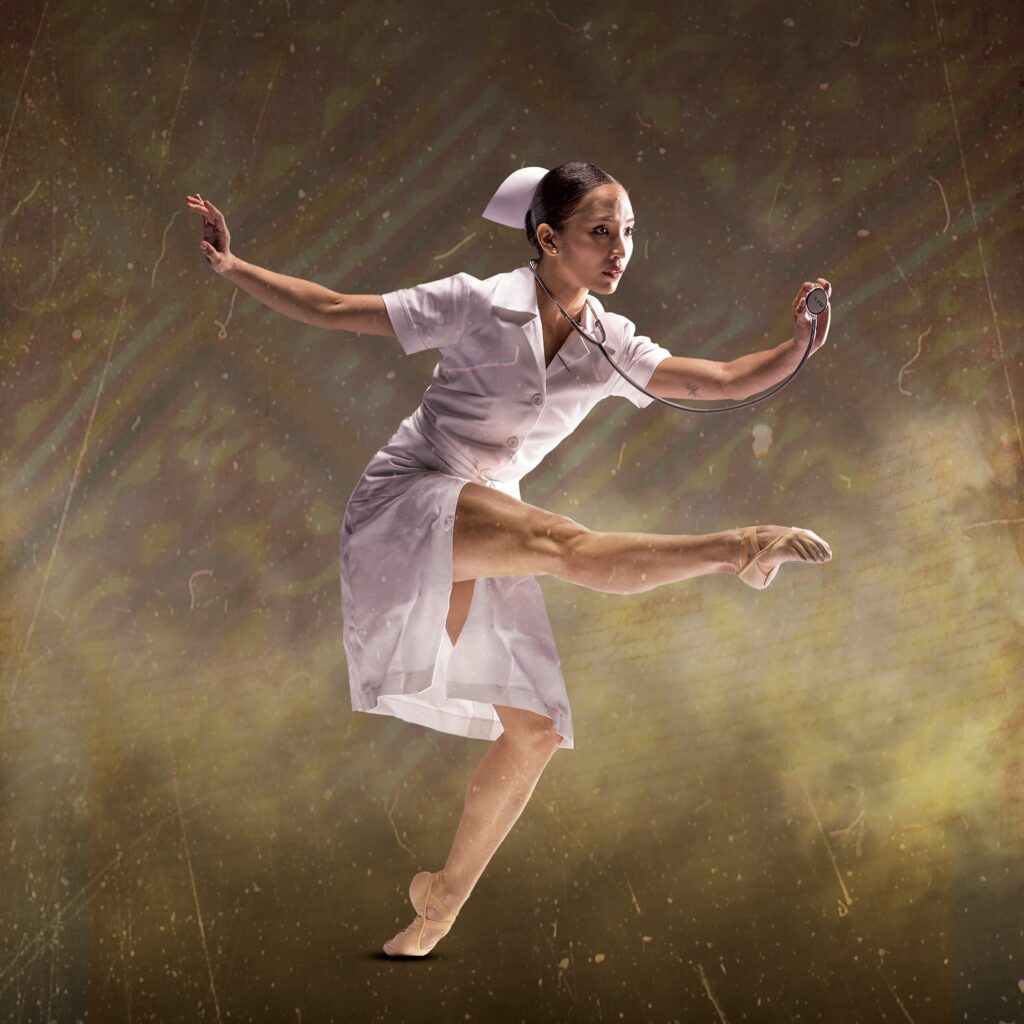
“I had to imagine the scenes unfolding as I was writing and remember that the story would be told through movement,” Lang explains, adding that her first response was an outright no. Her reason for declining it initially was that she felt it will be out of her depth — she has never written a ballet. But people like Romulo always urge other creatives to go outside of their comfort zones.
“Lang is more known for producing and writing films. A lot of the most well-known narratives that we’ve imbibed in our culture over the last 20-plus years, Lang has been involved, if not directly, but indirectly. So, I think it was not a problem to get Lang on board. She’s great at telling stories and shaping stories,” Romulo shares.
Romulo revealed that Liechtenstein’s brainchild needed to have a stronger voice. Since it was a marriage of two vines, his job was to put the music that they already set out.
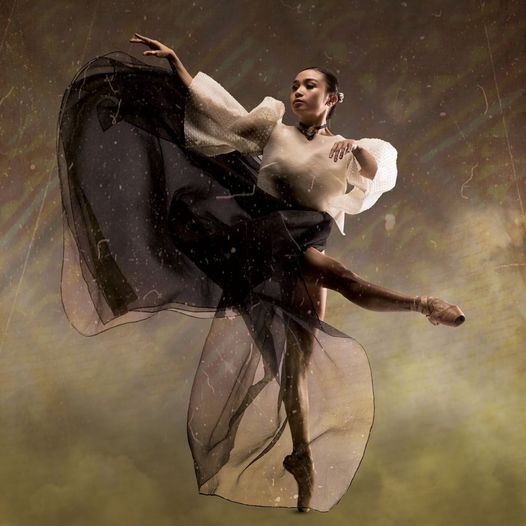
“It’s a modern classical. It’s a modern ballet. It will be a combination of orchestral arrangements, Southeast Asian instruments because we are Filipino and we’re telling a very Filipino story, and glitchy electronics. We abuse machines and make them do the wrong things to make more compelling human music,” Romulo says.
The instrumentation goes beyond the orchestra because it will have a prominent female voice. Pinikpikan’s lead singer Carol Bello will be the main instrument of Limang Daan.
Romulo himself had some trepidations accepting a ballet piece of this magnitude and scale, admitting it’s a big responsibility. But after reading through the script that Lang sent, he said yes and added that he never wanted to disappoint Liechtenstein.
“I eventually accepted it because in my experience, fear is good. Like, when something scares me, it ends up becoming a project that I see is worth seeing through.
That’s what convinced me — the fear of maybe not being able to pull it off,” Lang says.
The costumes are conceptualized by fashion designer JC Buendia. BP’s principal dancers, BP Dance School, are all involved in this original full-length ballet.
“Competence. They can be very old, very young, as long as they’re competent and they’re the best and they’re filled, I’m all for that,” Liechtenstein explains on choosing the creative team for the production.
Ballet Philippines’ Limang Daan opens on 8 March, International Women’s Day, at the Theatre at Solaire. It tells the story of the Filipina woman, about her beauty, wisdom and fortitude through a time-bending narrative.
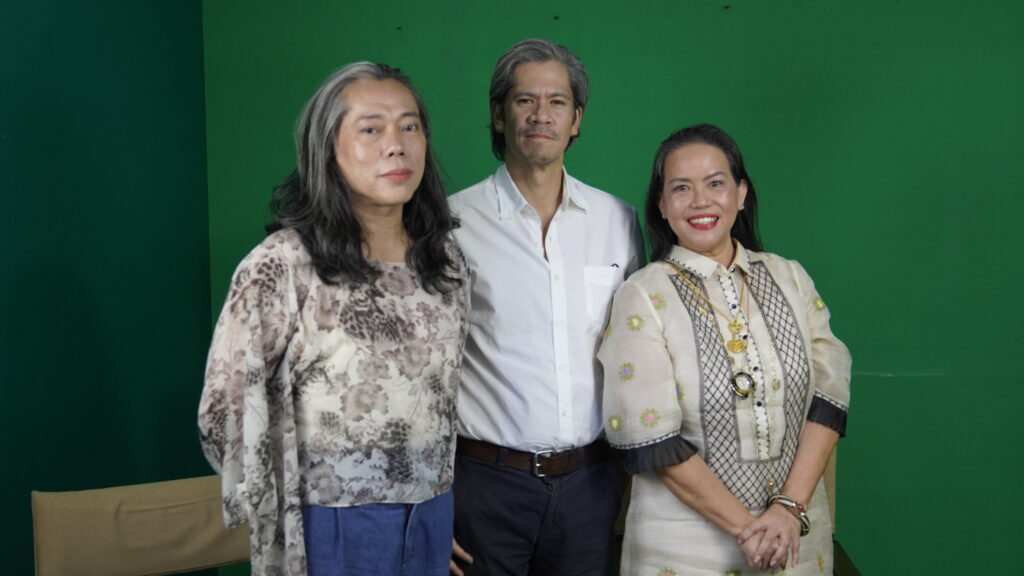
“If you look at the record of feminism in the Philippines, we’re the highest in Asia. We’re the number one in gender equality and empowerment. This is just one way to celebrate what these Filipinas, the long-gone heroines of our history, have done and put them out there and say, thank you. This is your story. This is our story now. It’s very relevant. And being told through dance,” Liechtenstein emphasizes.
“The main audience for this is the Filipino people mainly and anybody interested in our history as a people, as a nation. This is a thank you, especially to the women who have survived and thrived despite all the hardship. It is also an invitation to us who are still here to do better in terms of looking at our history more critically and maybe asking how we can do better in terms of treating women,” Lang shares.
“The voice alone can awaken. But with the music, it’s a support. I see myself as a storyteller, using music and sound to tell the story of Limang Daan. So, if you come to the theater, we’ll create Limang Daan together,” Romulo says.
